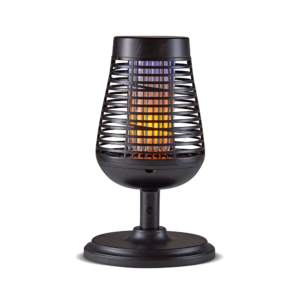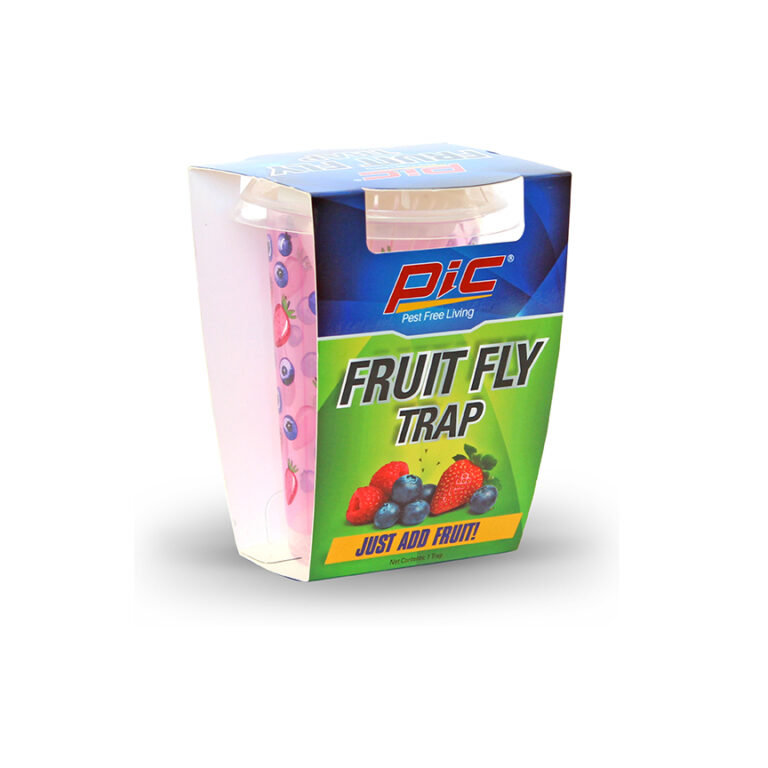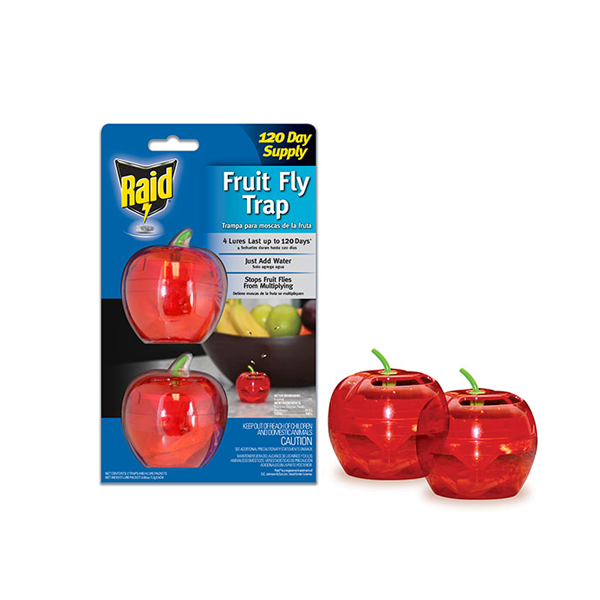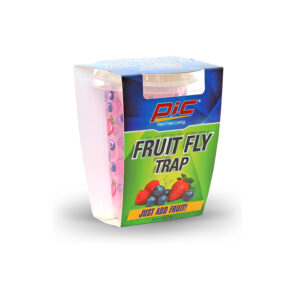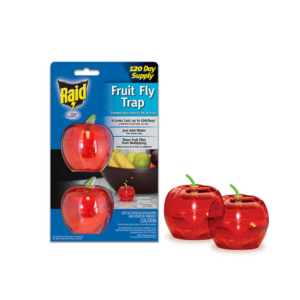- Products
- Where to Buy
- About
- Careers
- Customer Care
New Jersey
P.O. Box 1480
1101-1007 West Elizabeth Ave.
Linden, NJ
07036
California
3280 East 26th Street
Vernon, CA
900058
Have a Question?
- Newsroom
- Shop
Sign up for New Product Announcements, Info and Promo Codes
Together, we can bring solutions to families worldwide.
New Jersey
P.O. Box 1480
1101-1107 West Elizabeth Ave.
Linden, NJ
07036
P.O. Box 1480
1101-1107 West Elizabeth Ave.
Linden, NJ
07036
California
3280 East 26th Street
Vernon, CA
90058
Emergency Contact Number
1-800-255-3924
Raid® is a registered trademark of S.C. Johnson and Son Inc., used under license. Ortho® Home Defense® is a registered trademark of the Scotts® Company, used under license.





